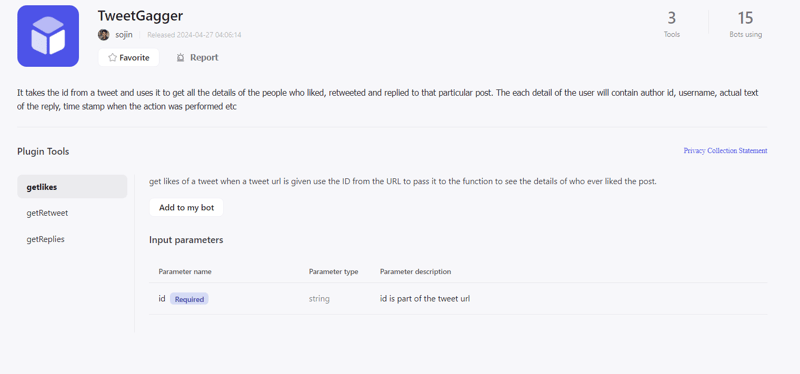The future of employment is a broad and poignant topic these days, and although I’m optimistic in the medium-term, we are already experiencing meaningfully-painful disruption.
This post focuses on the job-seeking process in software development specifically. I don’t want to try and weigh in on everything all at once, although I do anticipate writing more about this topic.
How things mostly work
This is an old post of mine in which I try to provide pragmatic advice for the job-seeker in light of how things mostly work:
Throughout my career, I’ve yet to be satisfied with our industry’s job matching process. It’s a fundamentally challenging issue to pair employees with employers in a mutually beneficial manner. Attempts to solve this problem often result in a cumbersome process, leaving participants exhausted by its conclusion.
And that’s before the job even begins!
The elephant in the room is that the process is always a huge burden
Enter AI (The Bad Parts)
The situation has deteriorated. Or, to be more precise, remains challenging.
The technical disruption has sparked widespread debate over the essential skills for technical workers in the next decade. This is compounded by high interest rates and a general hiring slowdown.
Hiring managers, overwhelmed by applications, struggle to exercise their discernment due to AI-enhanced applications disrupting their intuition.
Actually, I Think AI Is Necessary
AI now seems to be the sole solution to this problem.
The inefficiencies inherent in the hiring process obstruct the formation of effective matches. Hiring managers have previously utilized automation, often based on machine learning, but this has not significantly improved the situation for all parties involved.
The latest generation of specialized AI excels at many processes crucial to the early filtering stages, potentially leading to more meaningful human interactions and effective matches between employers and employees sooner.
Concerns regarding discrimination and automated bias persist but are potentially more manageable with the new technology, as it can be less opaque than “traditional ML,” which has been criticized for its lack of transparency and flexibility. The next generation promises to be more accessible and understandable.
The Future, Tangibly Speaking
Disclosure: I’m mentioning a tool, Commit which I became aware of when they became a sponsor of DEV.
The remote hiring process for software developers could benefit from sophisticated matching systems. While a human touch is desirable, smarter technology is necessary in its absence.
Just as self-driving cars must adapt to human-centric roads, adopting tools compatible with the current system is a step towards a more humane hiring process driven by intelligent matching.
Check out the Commit Agent — It’s in public beta for your curiosity. I have no affiliation besides the aforementioned relationship.
While the naive adoption of new technologies carries risks, thoughtful application of these innovations represents progress.
The Brutality of Manually Filling Out Hundreds of Applications
Ultimately, if automation can make the hiring market more fluid by simplifying complex aspects, it’s a win-win. This topic is undoubtedly complex and controversial, but I firmly believe in the need for smarter matching to reduce the undue burden on all parties involved.




